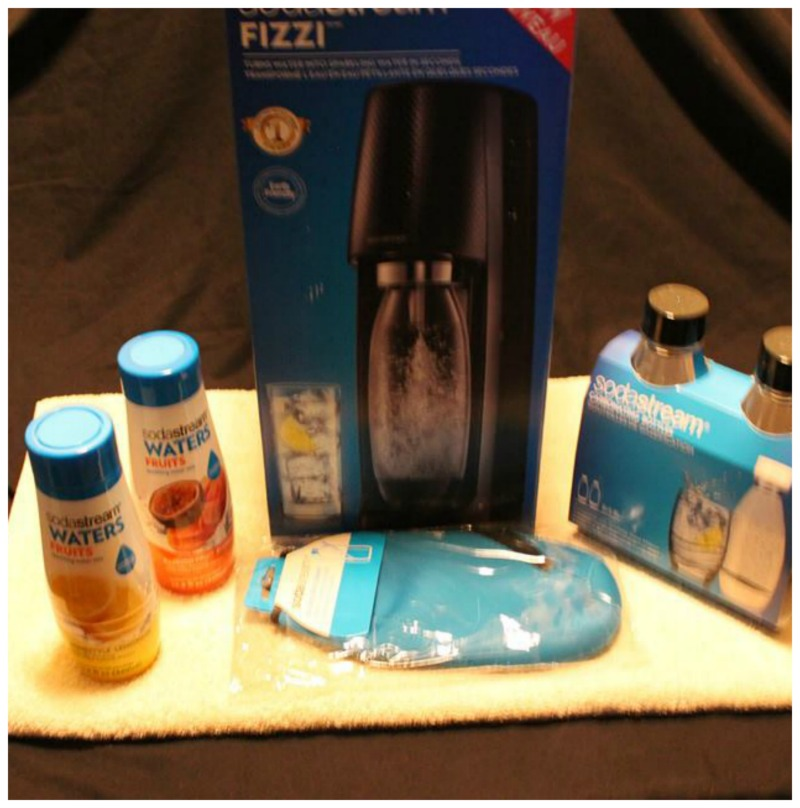Help Your Kids Learn to Read at Home with Phonics.
We all know that reading to our kids can help them to become successful readers in the future, but many parents want to do more to help their kids to learn to read and spell. A great way to get kids started with reading before they start school is to teach them the sounds that letters make, how to sound words out and how to hear sounds in words. This is known as phonemic awareness, and is the foundation of reading and spelling. Follow the steps below to start teaching your child to read and spell at home.
Learn Letter Sounds
Before a child can learn to read or write they need to know the sounds that each letter makes. The sounds that letters make are called phonetic sounds. Phonetic sounds can be made by an individual letter or by groups of letters such as ‘sh’, ‘ch’ and ‘th’. Once children can easily remember the sounds that letters, or groups of letters make, they can start to combine sounds to read and spell simple words.
When using phonics to teach your child to read, it is extremely important to focus on the sounds that letters make rather than the names of letters. If too much emphasis is placed on the names of letters it can become confusing when children start to sound out words. They may try to sound out words with letter names, which would not help them to decode the words. If you are not familiar with the concept of using letter sounds to teach reading, read more about phonics games before you get started.
Sound Out Words
Once your child automatically recognizes three or four letters and the sounds that they make, start putting the letters together to make simple, one syllable words. For example, if you have taught your child the letter sounds ‘a’, ‘c’ and ‘t’, you should now teach them to sound out the words ‘at’ and ‘cat’. You should also explain that the letter ‘a’ makes a word on its own. Once your child can sound out and read these words you should teach them to read a simple sentence such as, ‘A cat.’.
Gradually add more words for your child to practice reading as they learn more letters. There are many excellent programs available online that can advise you on what order to teach the letters and provide you with effective learning activities designed to help your child read and spell using letter sounds.
Hear Sounds in Words
As well as teaching reading, it is important to teach spelling at the same time, as these skills are interchangeable. As well as sounding out letters to read words, you should ask you child what letters they can hear in words. In the example above a child had learned the letter sounds ‘a’, ‘c’ and ‘t’. Children who have learned these letter sounds should be able to tell you what letters they can hear in the words ‘at’ and ‘cat’. Children that can identify letter sounds in words will be able to stat spelling simple words. Young children who find writing difficult could use magnetic letters to practice spelling words that contain the letters sounds that they already know.
Using phonics to teach reading and spelling is an extremely effective and motivating teaching method. Children enjoy the experience as they quickly begin to be able to read simple words with knowledge of only a few letter sounds. Children also develop a clear understanding of the link between the phonetic sounds in the English language and the structure of words. Obviously, this is only the beginning of the reading journey.
More lessons will need to follow that teach the many anomalies of our language, such as silent letters and sight words that cannot be decoded by sounding them out. However, phonics provides an excellent base for children to begin developing early reading and spelling skills and can easily be taught at home with the right advice.
Racheal Tighe is a primary school teacher based in Perth, Western Australia. She runs LittleLearningPlanet.com a website dedicated to helping parents teach their children to read. You can also find Racheal on Google+ as well.




I had a homeschool set that had all of the basics you mentioned that I used with my oldest before he started public school. My youngest has had a more difficult time learning so I have been using all the information I can with him to help him be as prepared as possible for school.
I have always be interested in Hooked On Phonics! We have a lot of work to do with my child first before we could use it but it’s always been in the back of my mind.
Thanks for the great tips, my daughter has trouble sometimes and this would be great for her.
I was raised on Phonics and couldn’t believe it when I found out the schools no longer use this method. Wouldn’t the children find it confusing if they’re taught one method at home and another at school?
These are great tips. Last summer I spent some time using the Hooked on Phonics program with my two. I picked it up at a garage sale and they really enjoyed it and it seemed to help a lot. It was very similar to the tips you provided.